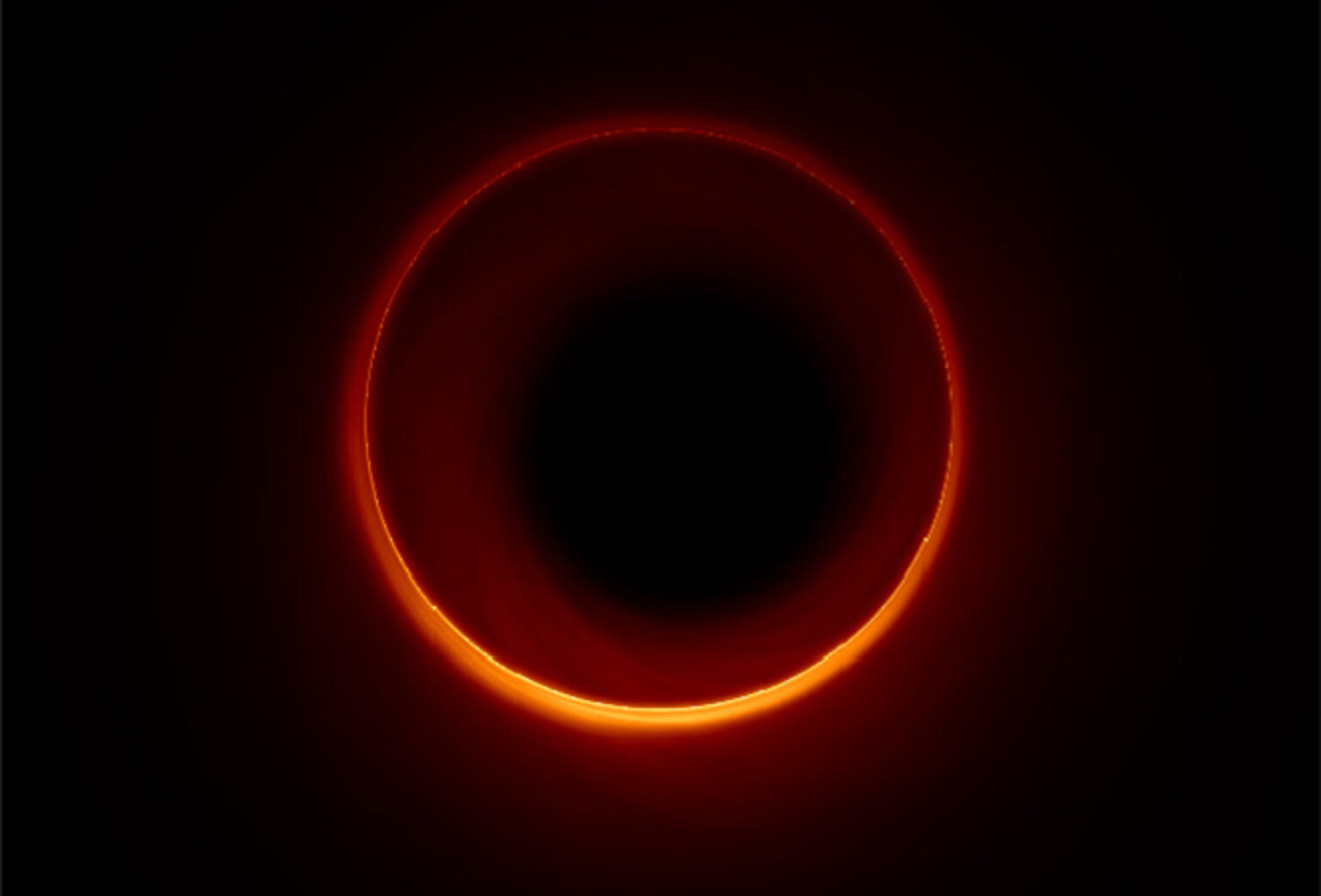The Event Horizon Telescope is a network of astronomical instruments known for being used by scientists to take the first ever photo of a black hole. However, a new version of this system is already being developed. It will allow us to see even more amazing structures – photon rings.

New version of the Event Horizon Telescope
A paper has appeared on the arXiv preprints website whose authors propose to create a new and improved version of the Event Horizon Telescope. According to them it will be able to see an incredible phenomenon — a photon ring around a black hole.
The Event Horizon Telescope is an electronic system that allows several powerful astronomical instruments located at different ends of the Earth to work as one. The distance between them is called the observation base and when it is large, it gives the resolution that a single instrument would have, which people would never be able to build because of its size.
The main achievement of the Event Horizon Telescope is to obtain the first images of the accretion disk around a black hole. More precisely, images of accretion disks around supermassive objects in the center of the Milky Way and the M87 galaxy were obtained.
Photon ring
Although the accretion disks obtained with the help of the Event Horizon Telescope look like real rings of light. However, it is actually just gas and dust circling around black hole at such a speed that it heats up to unbelievable temperatures.
However, objects that are composed entirely of particles of light around black holes can also exist. Gravity can strongly warp the path of a photon, which is clearly seen in the gravitational lensing effect. If it intensifies even more, the trajectory of photons will be closed in a circle and they will only occasionally escape from this orbit.
Such formations are called photon rings and researchers believe that the new version of the Event Horizon Telescope will be able to deal with it. It will consist of more instruments that will work at different wavelengths. By quickly switching between frequencies of 86, 230 and 345 GHz scientists will be able to collect a lot of data.
According to phys.org


